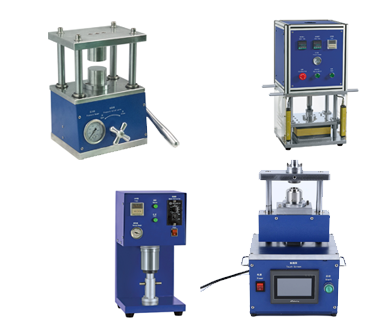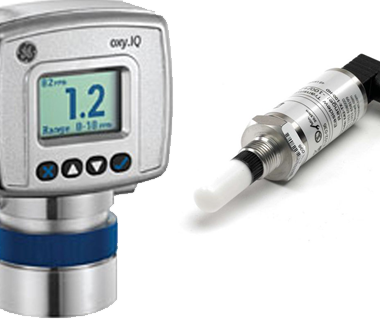No products in the cart.
How to properly use and maintain the vacuum pump
- Always check the oil level position, if it does not meet the requirements, it must be adjusted to meet the requirements. When the vacuum pump is running, the oil level shall reach the center of the oil standard.
- Regularly check the oil quality, and if the oil is deteriorated, replace the new oil in time to ensure that the vacuum pump works normally.
- The oil change period is determined by the user according to the actual use conditions and whether it can meet the performance requirements. Generally, when a new vacuum pump is used to remove clean and dry gas, it is recommended to change the vacuum pump oil once in about 100 hours of operation. After no ferrous metal powder can be seen in the oil, the oil change period can be appropriately extended in the future.
- Under normal circumstances, the vacuum pump should be overhauled after 2000 hours of operation, check the aging degree of rubber seals, check whether the exhaust valve plate is cracked, and clean up the dirt deposited on the valve plate and exhaust valve seat. Clean the parts in the entire vacuum pump chamber, such as rotors, rotary vanes, springs, etc. It is usually cleaned with gasoline and dried. After cleaning the rubber parts, dry them with a dry cloth. When cleaning the assembly, handle it with care and be careful of bumps.
- If possible, clean up the pipes to ensure that the pipes are unblocked.
- After reassembly, a trial operation should be carried out. Generally, it should be run for 2 hours and the oil should be changed twice. Because a certain amount of volatile substances will remain in the vacuum pump during cleaning, it will be put into normal operation after the operation is normal.
- Check the vacuum pump pipeline and joints for looseness. Turn the vacuum pump by hand to see if the vacuum pump is flexible.
- Add bearing lubricating oil into the bearing body, observe that the oil level should be at the center line of the oil mark, and the lubricating oil should be replaced or supplemented in time.
- Unscrew the water diversion plug of the pump body of the vacuum pump, and pour water diversion (or slurry diversion).
- Close the gate valve, outlet pressure gauge and inlet vacuum gauge of the water outlet pipeline.
- Jog the motor to see if the direction of the motor is correct.
- Turn on the motor. When the vacuum pump is running normally, open the outlet pressure gauge and the inlet vacuum pump. After seeing the appropriate pressure, gradually open the gate valve and check the motor load at the same time.
- Try to control the flow and head of the circulating water vacuum pump within the range indicated on the sign to ensure that the vacuum pump operates at the highest efficiency point to obtain the greatest energy saving effect.
- During the operation of the vacuum pump, the bearing temperature should not exceed the ambient temperature of 35°C, and the maximum temperature should not exceed 80°C.
- If abnormal sound is found in the vacuum pump, stop immediately to check the cause.
- When the vacuum pump is to be stopped, first close the gate valve and pressure gauge, and then stop the motor.
- In the first month of operation of the vacuum pump, replace the lubricating oil after 100 hours, and change the oil every 500 hours after that.
- Regularly adjust the packing gland to ensure that the dripping in the packing chamber is normal (it is advisable to leak out in drops).
- Regularly check the wear of the shaft sleeve, and replace it in time after the wear is large.
- When the vacuum pump is used in cold winter, after parking, the drain plug at the bottom of the pump body should be unscrewed to drain the medium. Prevent freeze cracking.
- If the vacuum pump is out of use for a long time, it is necessary to disassemble all the pumps, dry the water, apply grease to the rotating parts and joints, and store them properly.




